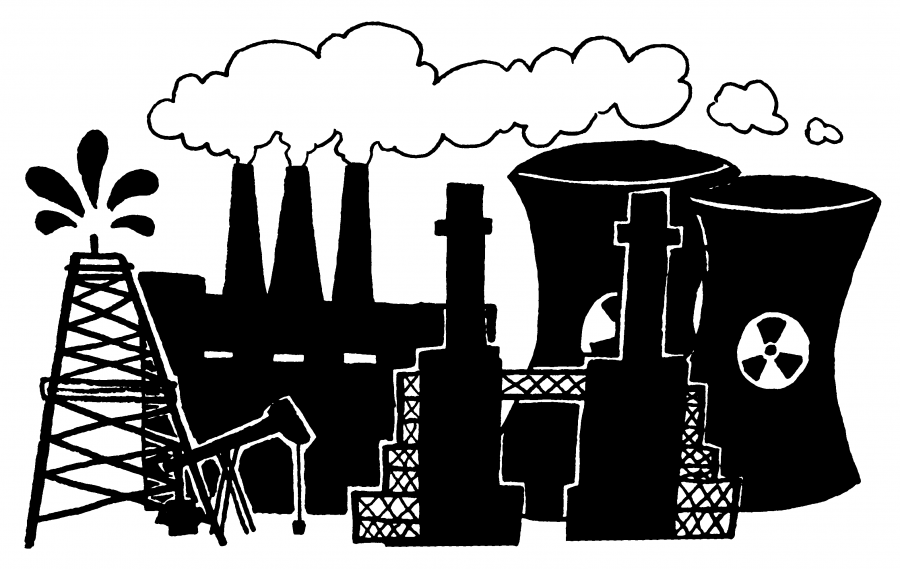Department of Energy Secretary Rick Perry unveiled a plan earlier this year to prop up coal and nuclear power through federal subsidies. His plan was swiftly criticized by environmentalists and free market enthusiasts alike — it was unanimously voted down by the Federal Energy Regulatory Commission. Yet even without Perry’s over-the-top plan, the United States is still providing financial support to both renewable and nonrenewable energy in the amount of 11.5 billion dollars per year, 1.4 billion of which is for coal. That sizable financial support should end.
Several years ago, a totally free market approach to the energy sector wasn’t feasible. Renewables such as solar and wind energy just weren’t cost competitive with conventional nonrenewable sources such as coal. In fact, according to the Energy Institute of the University of Texas, back in 2013, subsidies for clean energy were staggeringly high, around $321 per megawatt-hour for solar and $34 per MWh for wind, as compared to under $2.5 per MWh for both coal and nuclear. More recently, though, wind and solar energy have taken off.
Wind and solar power added 95 percent of electricity capacity last year, even though direct subsidies for solar and wind were reduced by more than 50 percent over four years. More recent analyses show that solar and wind are cheaper than coal and compete with natural gas, even without any subsidies. Solar and wind will undoubtedly continue to grow in market share on their own.
Coal has enormous environmental and social costs that far outweigh its utility. Coal is being displaced, and that trend shows no signs of stopping — with or without government intervention.
Elsewhere, coal continues its unceremonious decline into oblivion, with 27 plants announcing closure or conversion in 2017. That’s one announcement every 15 days. Natural gas, by contrast, continues to grow as it remains cheap from the fracking, or hydraulic fracturing, revolution, which has provided access to previously inaccessible gas formations. This resulted in a decline of natural gas prices from $13 per 1000 cubic feet to around $4.25. Natural gas and renewables are ramping up while coal is ramping down. That’s great news.
Coal causes the premature deaths of around 13,000 people in the United States every year while every other energy source causes significantly less. According to law professor David Spence, “You don’t need coal. It’s good politics to subsidize coal (but) bad economics.”
“Coal is out of the money.” Spence said.
Support for this dying industry is misplaced. Some coal proponents are sounding the alarm about grid reliability, but the closure of coal-firing plants is not a huge concern for the reliability of the electric grid, as long as natural gas remains. In fact, the closures are mitigating the billions of dollars in health costs each year from smog, toxic mercury and soot — all byproducts of coal power.
Natural gas will stay cheap and plentiful for the foreseeable future. Solar and wind will continue to become cheaper and more efficient. The market is driving this new energy revolution. By combining constant generation from natural gas and nuclear energy and integrating intermittent generation from solar and wind, the United States will produce a lower carbon and lower pollution future without compromising grid integrity.
The government should stop its subsidies and place the money into future-oriented areas, such as education and services for coal workers losing their jobs. The free market economy is a powerful force when you remove artificial financial support. The numbers say it’s time we take the handicap away, so let’s take those training wheels off and let the energy sector ride by itself.
Verses is a Plan II and environmental engineering freshman from San Antonio.





















